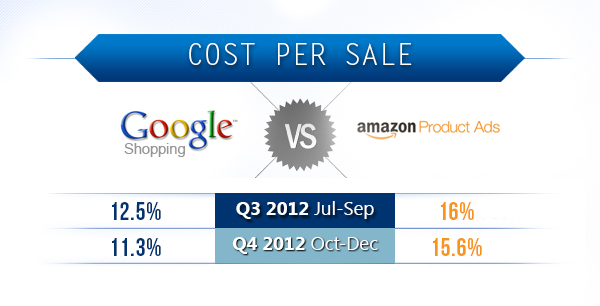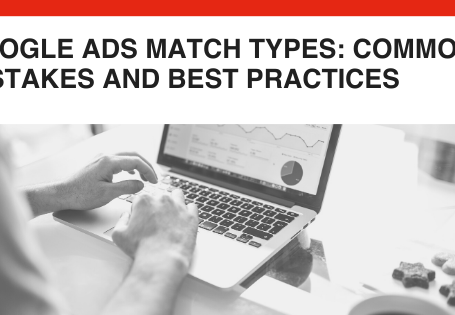PPC Advertising for Products: Google vs. Amazon
By: Rank Media
A recent report from CPC strategy compared the performance of the recently revamped Google Shopping platform against Amazon’s Product Ads For small businesses, these forms of product PPC advertising provide new ways to increase exposure among a targeted audience that’s in a “ready to buy now” mode. The results of the study found that after Google Shopping made the transition to a more commercial model last year, it’s performance surged compared to Amazon’s paid advertising products in certain areas.
Round 1: Cost-Per-Click (CPC)
The study found that Google Shopping was able to drive 130% more traffic to advertisers than Amazon’s Product Ads. In fact, the transition for Google proved to be advantageous, as it was able to double the amount of traffic it sent to merchants compared to 2011. Additionally, the average Google Shopping CPC rounded out to $0.31, effectively costing marketing professionals 32.5% less per click in comparison to Amazon’s Product Ads. For merchants, this provides tremendous opportunities to push promotions for specific products via pay-per-click advertising.
Winner: Google
Round 2: Cost-Per-Sale (CPS)
While lower CPCs can be fruitful and cost-effective for advertisers, it means very little if it takes 1000 clicks to generate a sale for a low-priced product. The study further analyzed the comparison in CPS between the two advertising options, and once again, Google Shopping came out on top. In Q3 and Q4 of 2012, the CPS with Google Shopping averaged out to 12.5% and 11.5% respectively. In comparison, Amazon clocked in at 16% and 15.6% respectively, most like resulting from their minimum CPC bid requirements increasing expenses for merchants.
Winner: Google
Round 3: Conversions
Generating positive returns is the be-all and end-all of PPC advertising campaigns. Prohibitive costs yielding measly returns ends well for no one, especially if marketing professionals invest heavily into media buying. The study found that the average conversion rate on Google Shopping has been steadily declining ever since Q4 2011, whereas Amazon’s Product Ads conversion rates have surpassed their rival, and are providing better returns for merchants across the board.
Winner: Amazon
Conclusion
Although these results are broad and do not apply to specific niches, marketing professionals can learn from this study and test out both marketplaces to push their products. However, Google Shopping and Amazon Product Ads represent two of many sources in which advertisers can invest: other opportunities include performance networks, search engine PPC advertising, social media buying, etc. Great care needs to be taken in developing a effective campaigns that capture your audience – your vertical, target market, and key performance indicators will guide your online marketing strategy.
Source and Image: CPC Strategy







 (800) 915 7990
(800) 915 7990
